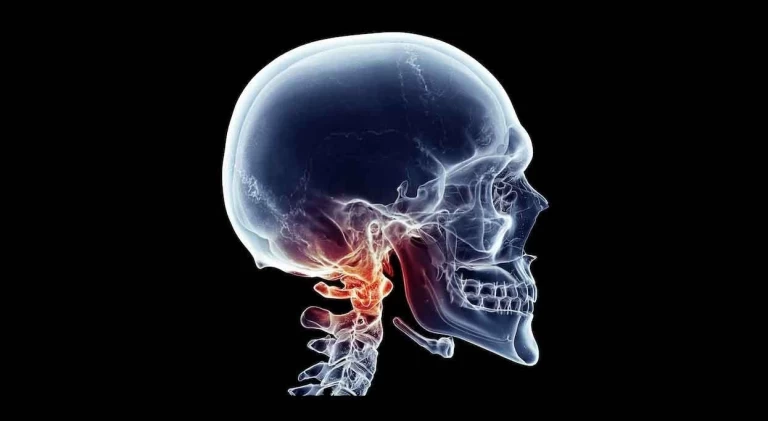
When most people think of chiropractic care, they picture adjustments for back or neck pain. But the science behind chiropractic goes much deeper, into the structure and function of the nervous system itself.
What Is Vertebral Subluxation?
A vertebral subluxation occurs when one or more spinal vertebrae become misaligned or lose their proper motion. This shift can compress or irritate the delicate nerves exiting the spine, interfering with normal nerve transmission.
The result? Your body’s communication network, your nervous system, starts sending distorted signals.
Anatomical studies show that the upper cervical spine, specifically the atlas (C1) and axis (C2) vertebrae, protect the lower brainstem, the critical junction where nerve fibers from the brain descend into the spinal cord. Even a minor misalignment here can alter how the autonomic nervous system regulates vital processes such as blood flow, muscle tone, and balance.
When this interference occurs, the body may respond with symptoms like chronic tension, headaches, fatigue, or dizziness. Over time, uncorrected subluxations can place stress on muscles, ligaments, and joints throughout the spine, creating a cascade of compensations and discomfort.
How Upper Cervical Chiropractic Differs
Traditional chiropractic care addresses the whole spine, but upper cervical chiropractic focuses on the top two vertebrae, the most mobile and neurologically influential segment. These vertebrae act as the “gateway” between the brain and body, housing the brainstem and the beginning of the spinal cord.
Because the C1 vertebra sits directly under the skull, even a slight tilt or rotation can disrupt the balance of the entire spinal column.
Unlike forceful manipulation, upper cervical adjustments are controlled and specific, no twisting, cracking, or popping. The goal is to realign the spine with minimal input, allowing the body to stabilize naturally.
The Benefits of Correcting Upper Cervical Subluxations
By relieving pressure on the brainstem and upper spinal nerves, communication between the brain and body improves. Many patients notice better posture, coordination, and overall vitality.
Relief from Chronic Headaches and Neck Pain
Research and anatomical correlations show that tension in the suboccipital muscles, often triggered by C1 or C2 misalignment, can irritate the trigeminal-cervical nucleus, a key structure involved in headaches. Realigning the cervical spine helps reduce this irritation.
Enhanced Balance and Dizziness Relief
The upper cervical spine influences balance through proprioceptive pathways connected to the inner ear and brainstem. When alignment is restored, patients often experience improved equilibrium and spatial orientation.
Reduced Stress and Improved Sleep
The nervous system’s parasympathetic branch (responsible for rest and repair) flows through the vagus nerve, which emerges from the brainstem. Restoring alignment supports this natural calming response, helping the body relax more efficiently.
Whole-Body Health and Posture Correction
Since the spine operates as a single kinetic chain, correcting the upper cervical region often improves hip alignment, gait, and shoulder balance. Many patients report that their entire body feels more “centered” after upper cervical adjustments.
A Neurological Approach to Wellness
The nervous system is the master control system of the body, and the vertebral column serves as its armor. Yet, when one segment, particularly in the upper cervical spine, moves out of position, even slightly, the consequences can echo throughout the body.
Take the Next Step Toward Alignment and Relief
If you’re struggling with chronic pain, headaches, or unexplained fatigue, your upper cervical alignment could be the missing link.







Leave a comment